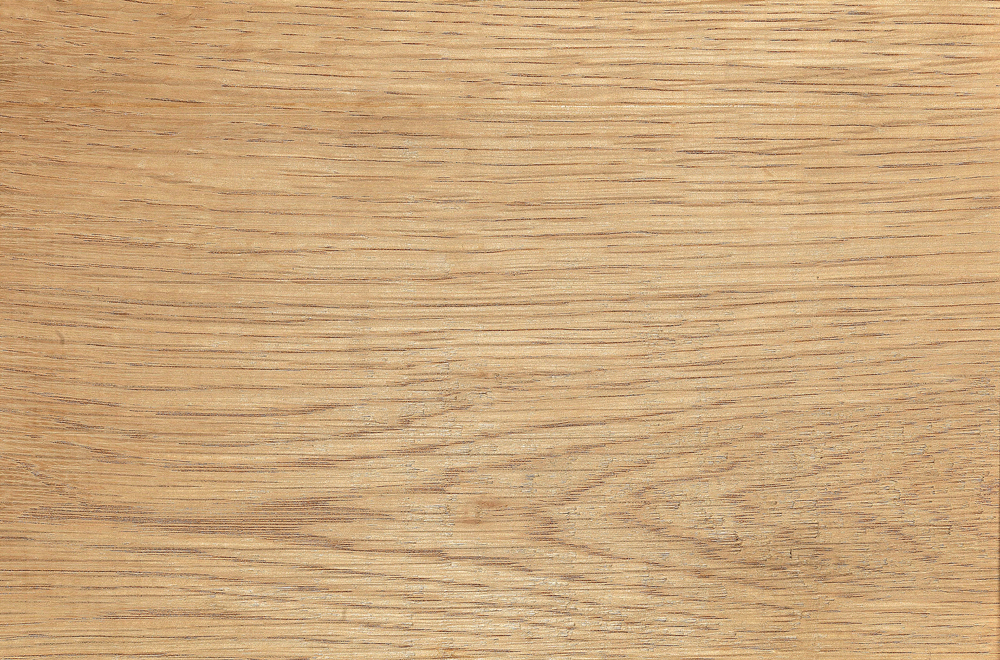White Oak
WOOD TYPE
Common names: Amerian White Oak, Oak American white, White oak, chestnut oak.
Botanical classification: Millettia Quercus alba, Q. prinus, Q. montana, Q. lyrata, Q. michauxii. Fam.: Fagaceae.
GENERAL
Main products: Sawn wood, veneer.
Natural attributes - structure - origins: Heavy wood (760 kg/m³) with coarse and uneven structure and color ranging from pale yellow-brown to yellow-gray with a pinkish tinge, similar to the European oak. Straight grained with a characteristic silver grain in quarter sawn wood. Southern areas produce fast growing trees with broad annual growth rings and a harder timber. It grows in the United States and Southeast Canada.
Natural durability in time: The heartwood is durable. The sapwood suffers intensely from insect attacks.
Mechanical attributes: Wood with medium flexural strength, with low modulus of elasticity which is amenable to steam bending.
Density: R (12-15%) = 0.76 g/cm³
WOOD PROPERTIES AND PROCESSING OPERATIONS
Drying behavior and stability after drying: Drying relatively slowly with a tendency for checking, splitting and honeycombing. Requires careful air or kiln drying. Medium movement after drying.
Impregnation behavior: The sapwood is moderately resistant and the heartwood is resistant to impregnation.
Bending behavior: Excellent.
Working properties - tool blunting: The slow-growing oak (northern regions) is easier to process with tools and machines.
Νailing and screwing: Good, but predrilling is recommended.
Gluing behavior: Special attention required as gluing behavior varies.
Dyeing and finishing: Good dyeing and finishing.
APPLICATIONS
More versatile than European oak, suitable for furniture and cabinets, woodworking, heavy construction, flooring, shipbuilding, ladders, agricultural tools, wagons, cooperage, coffins, pews - church pulpits, woodcuts. Decorative veneers.










